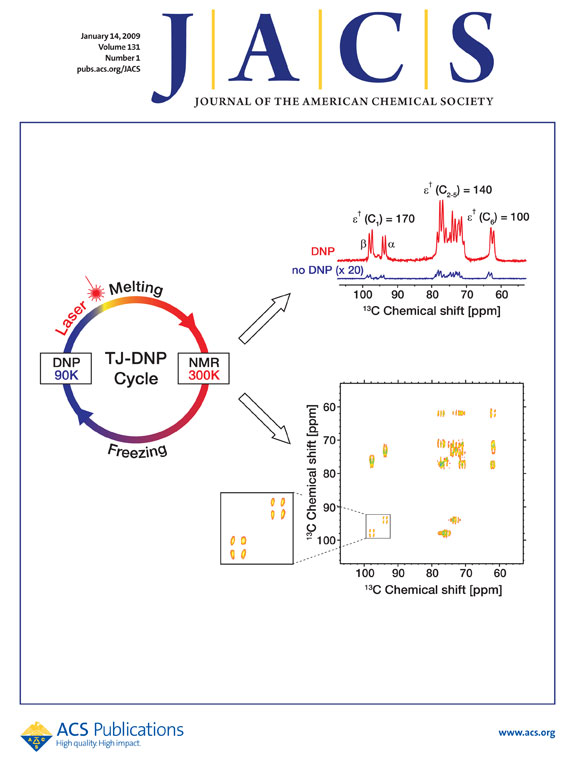Summary: Semiconducting single-walled carbon nanotubes (s-SWNTs) have emerged as a promising class of electronic materials, but the metallic (m)-SWNTs present in all as-synthesized nanotube samples must be removed for many applications. A high selectivity and high yield separation method has remained elusive. A separation process based on selective chemistry appears to be an attractive route since it is usually relatively simple, but more effective chemicals are needed. Here we demonstrate the first example of a new class of dual selective compounds based on polycyclic aromatic azo compounds, specifically Direct Blue 71 (I), for high-purity separation of s-SWNTs at high yield. Highly enriched (93% purity) s-SWNTs are produced through the simple process of standing arc-discharge SWNTs with I followed by centrifugation. The s-SWNTs total yield is up to 41%, the highest yet reported for a solution-based separation technique that demonstrates applicability in actual transistors. 91% of transistor devices fabricated with these s-SWNTs exhibited on/off ratios of 103 to 105 with the best devices showing mobility as high as 21.8 cm2/V s with on/off ratio of 104. Raman and X-ray photoelectron spectroscopic shifts and ultraviolet–visible–near-infrared (UV–vis–NIR) show that I preferentially complexes with s-SWNTs and preferentially suspends them. Preferential reaction of naphthyl radicals (generated from I with ultrasonication) with m-SWNTs is confirmed by changes in the D-band in the Raman spectroscopy, matrix-assisted desorption–ionization time-of-flight mass spectrometry (MALDI-TOF-MS), and molecular simulation results. The high selectivity of I stems from its unique dual action as both a selective dispersion agent and the generator of radicals which preferentially attack unwanted metallic species.
Scalable and Effective Enrichment of Semiconducting Single-Walled Carbon Nanotubes by a Dual Selective Naphthalene-Based Azo Dispersant
